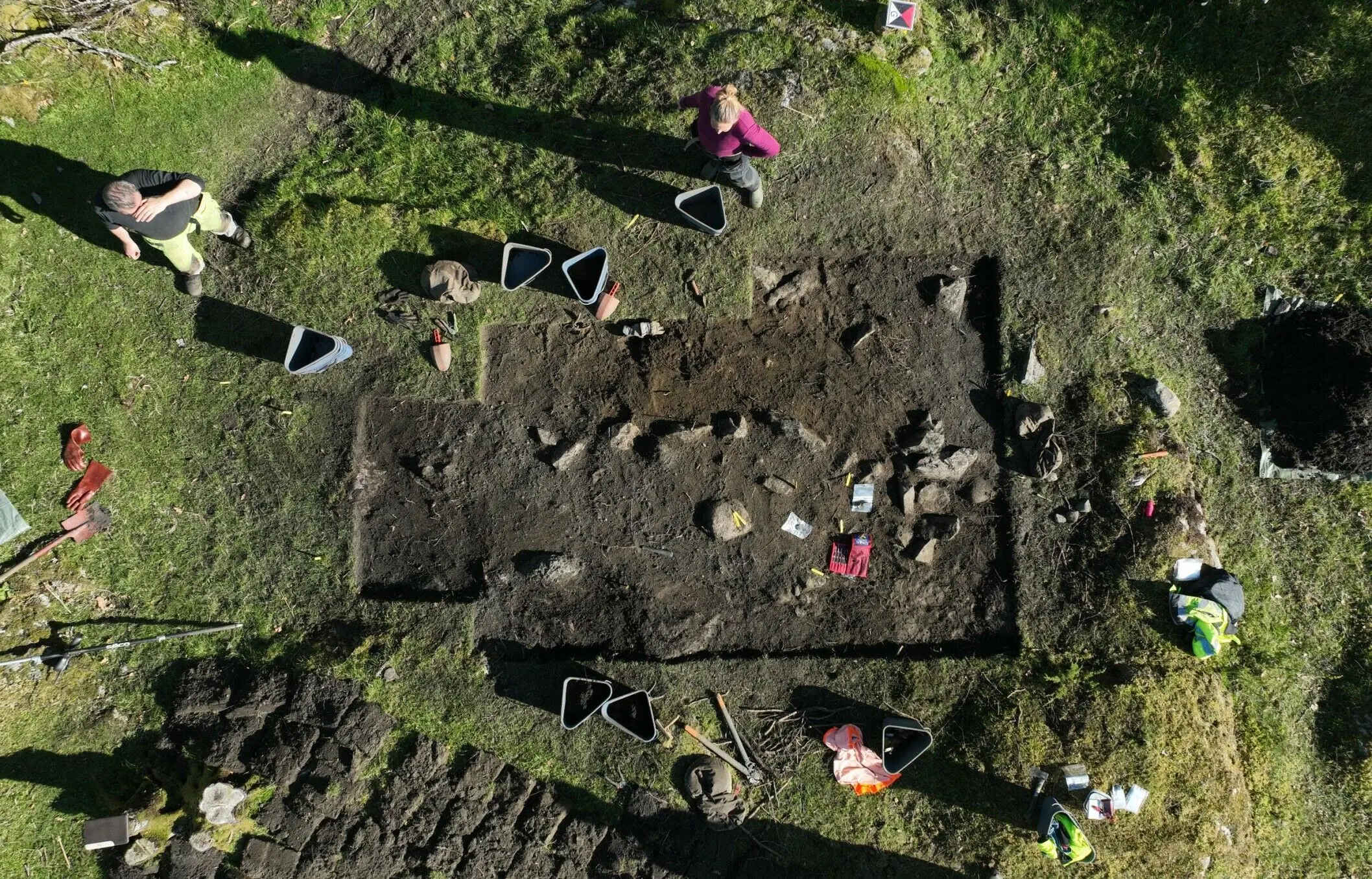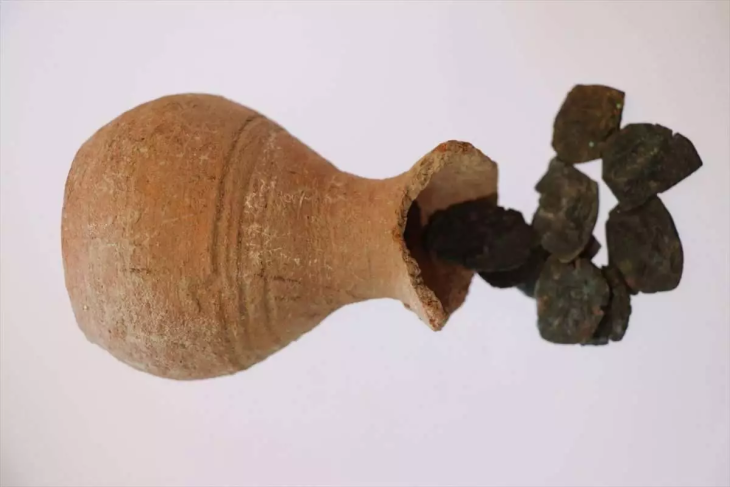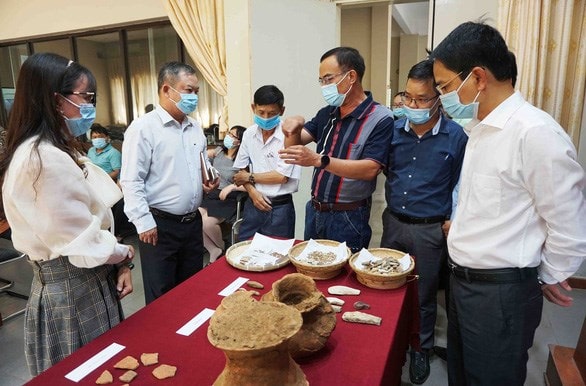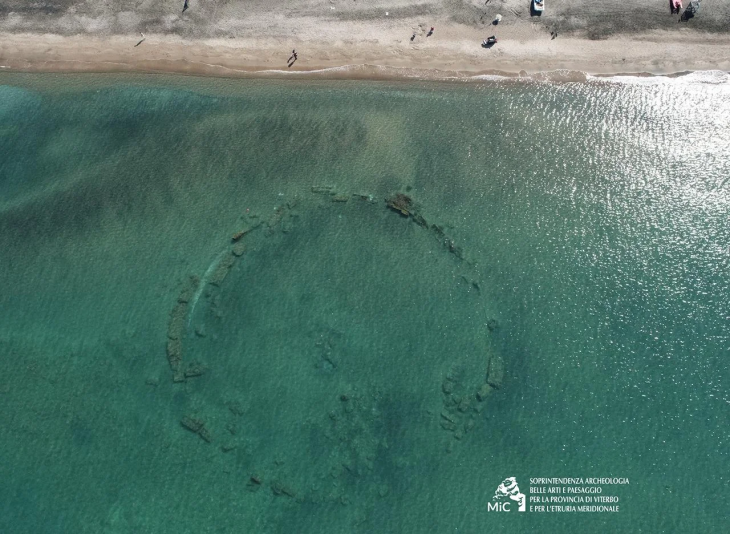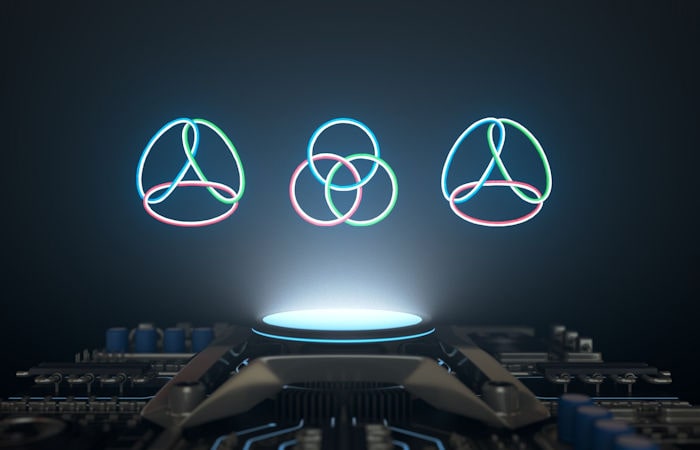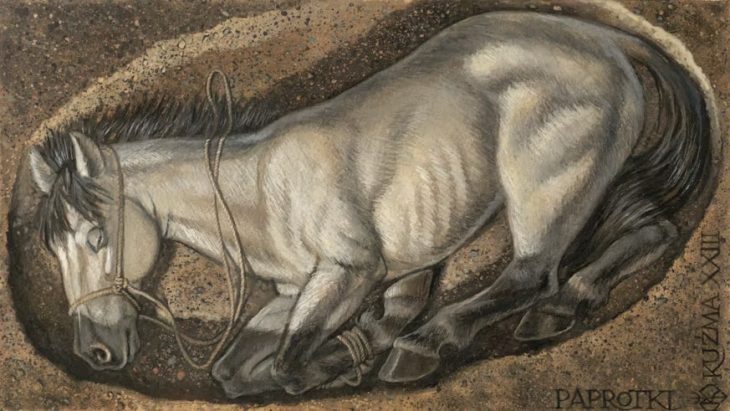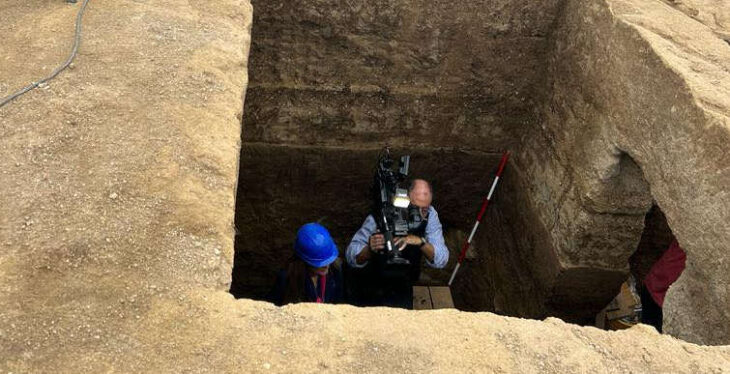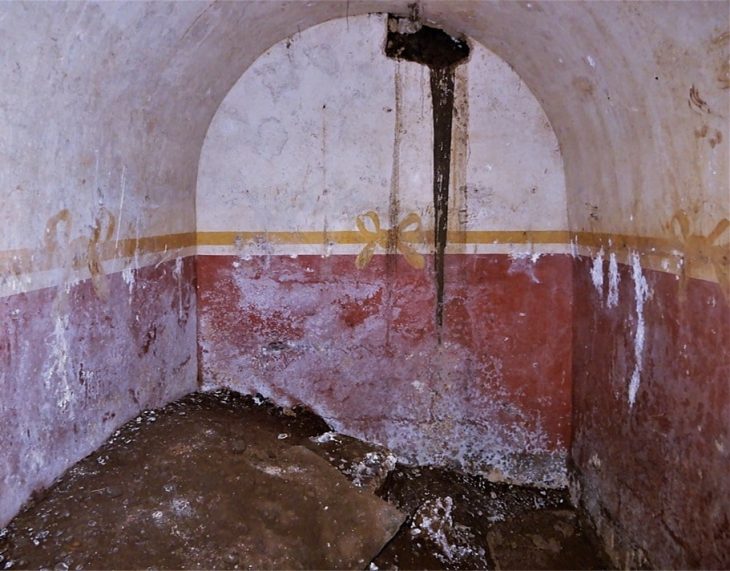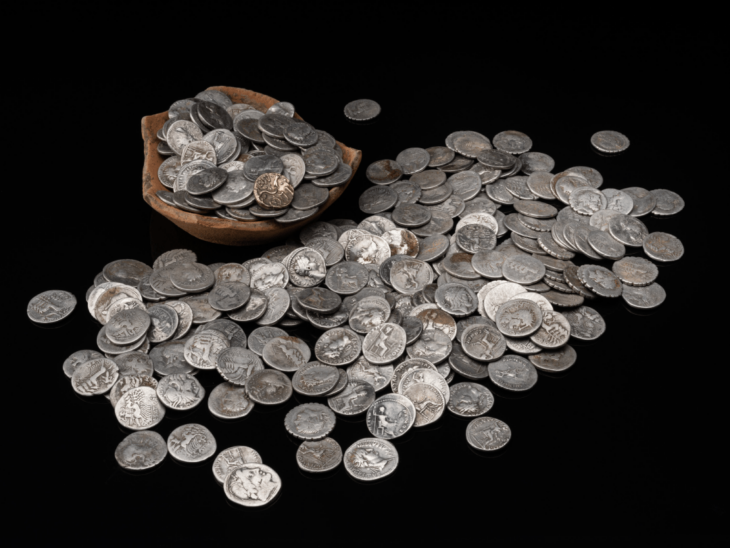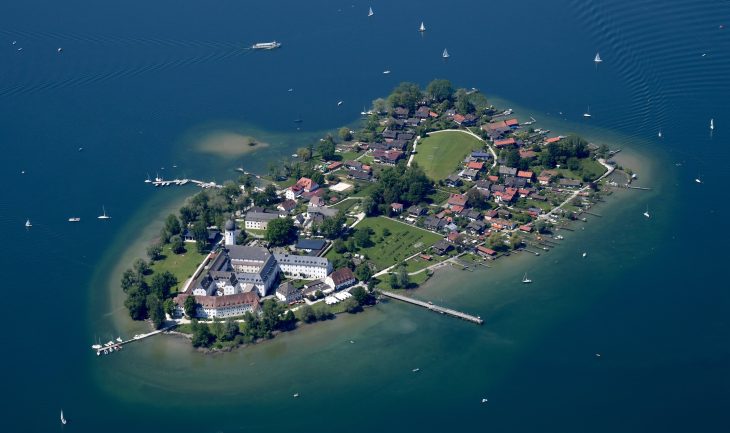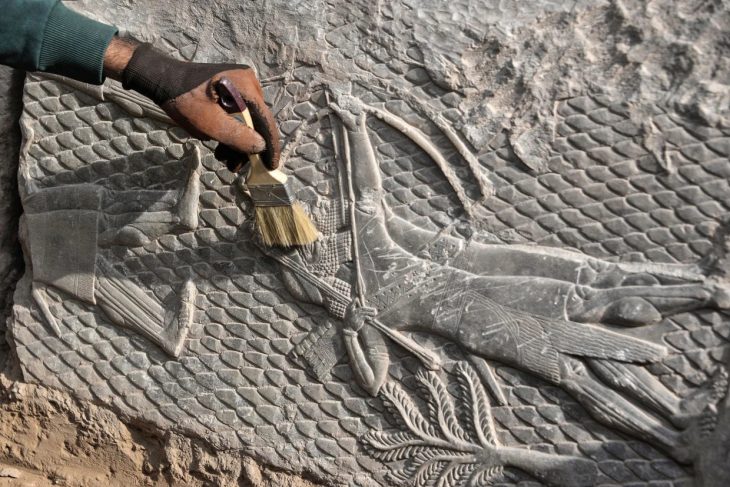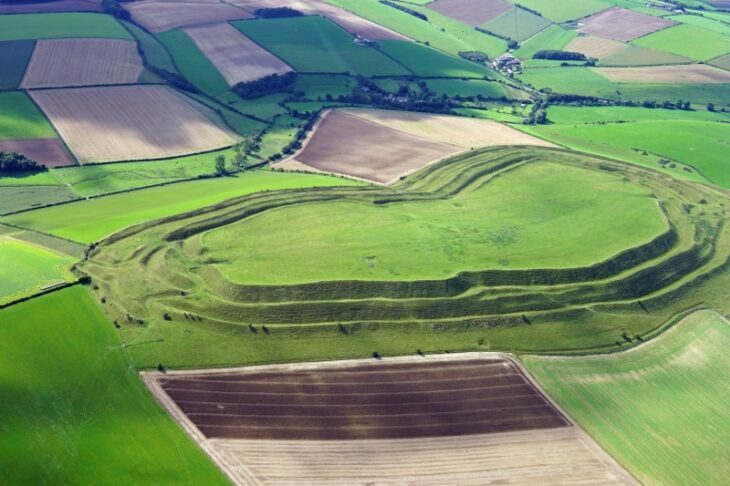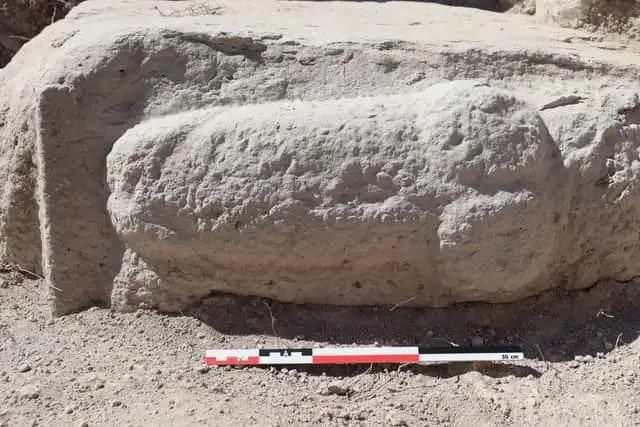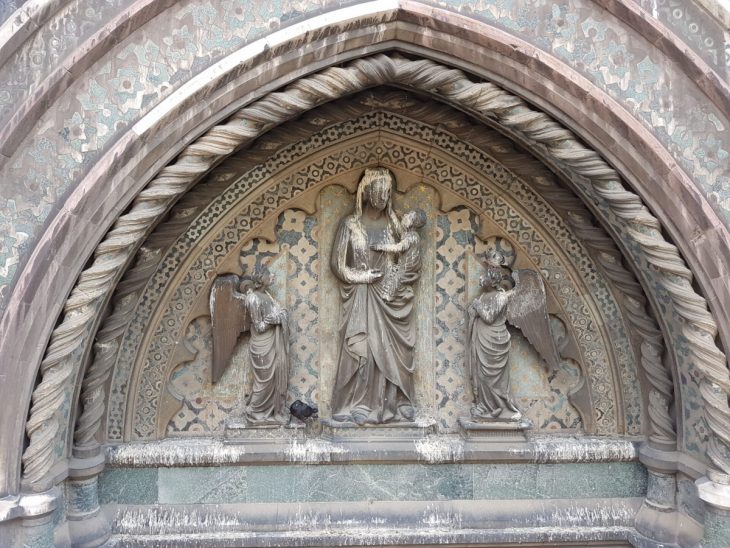Archaeologists have discovered a wealth of Viking Age history on a treasure trove at Skumsnes farm in Fitjar, Norway’s west coast. Three graves of high-status women from the early ninth century have been discovered during excavations. There may be as many as 20 graves at the site.
These graves, in contrast to many other locations, were lavishly decorated, indicating a community of significant wealth and significance. The discoveries, which include valuable jewelry, rare coins, and textile-making implements, offer a singular window into the social organization, commercial relationships, and cultural customs of the time.
“Many of the buried individuals were adorned with fine jewelry. It is remarkable to find a burial ground with such well-preserved artifacts,” says archaeologist Søren Diinhoff from the University Museum of Bergen.
Diinhoff describes the discovery as “a small treasure trove” for researchers.
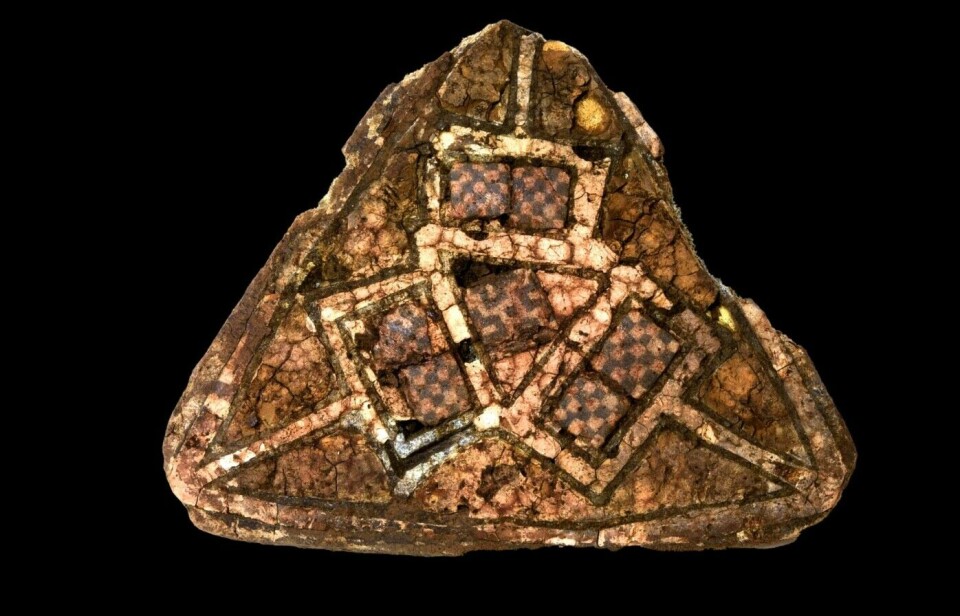
Three women from a large farm in Skumsnes
The graves belonged to three women who lived in the first half of the ninth century, during the early Viking Age. Skumsnes had a sizable farm at the time. It most likely belonged to a western Norwegian king, either local or regional.
📣 Our WhatsApp channel is now LIVE! Stay up-to-date with the latest news and updates, just click here to follow us on WhatsApp and never miss a thing!!
The farm’s location along the coast probably made it attractive to travelers in need of a safe harbor.
“On behalf of the king, shelter was provided to passing ships, which likely generated additional income,” says Diinhoff. This explains why the graves are richer than those more commonly found.
The graves unearthed this autumn of three women, each with distinctive burial practices:
Grave in the Rock Crevice: Her grave was covered in stones, and she was buried in a naturally occurring rock formation. Her jewelry, which reflected ties outside of Norway, included oval brooches and other pieces that probably came from England or Ireland.
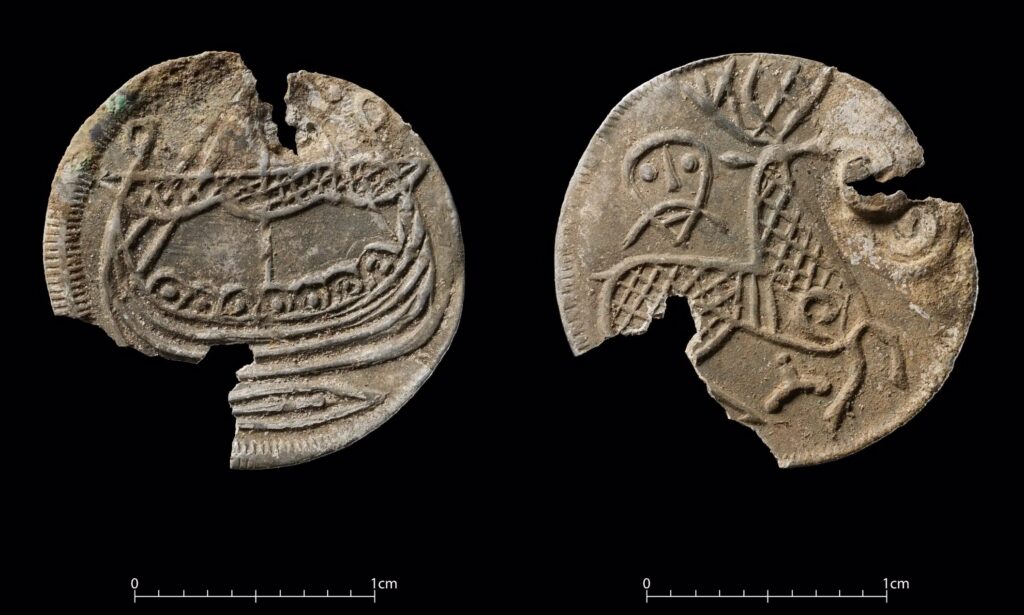
The Boat Grave: The most ornate burial was for a high-ranking woman. The four-meter-long boat in which she was buried had stones arranged to resemble a ship. Eleven silver coins, including one from Hedeby and some Carolingian, 46 glass beads, and textile-making implements like a weaving sword and a spindle whorl were among her grave goods. Additionally discovered was a bronze key that represented her position as the head of the household. There were no human remains found, which raised the possibility that this grave was a cenotaph.
There was also a stone in the middle of the boat grave marking the mast of the boat. When the archaeologists turned it over, they saw that it resembled a ‘vulva stone’ – the stone looked like female genitalia.
Archaeologists believe it is no coincidence that the stone looks like a woman. The stone was probably placed there to symbolize a woman who was not buried in the tomb. This theory provides a potential explanation for why the items in question were not discovered on a skeleton.
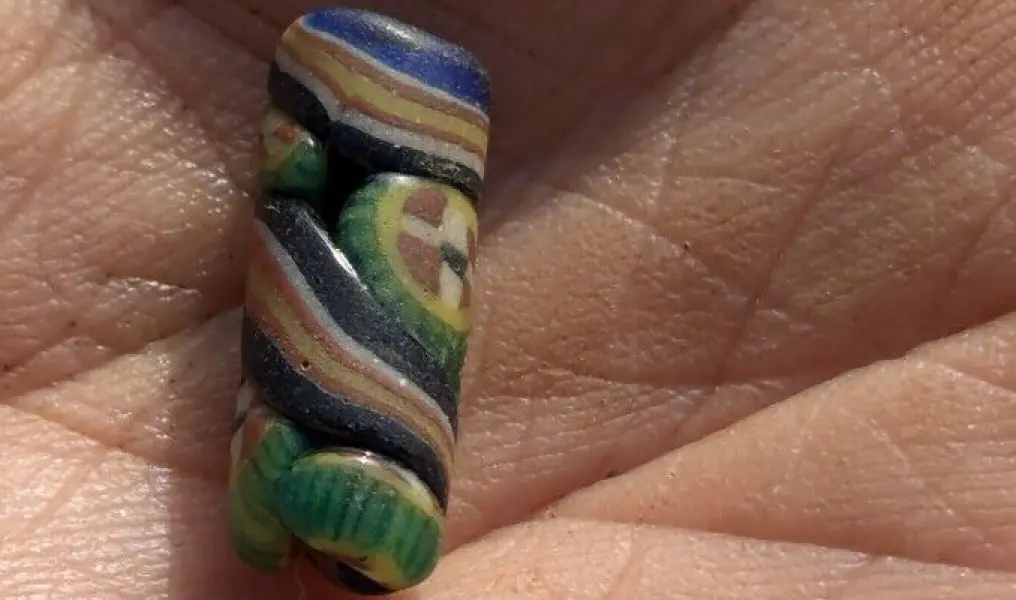
The discovery of a Hedeby coin in this tomb is one of the most remarkable findings. This coin, which was struck in early 9th-century southern Denmark, highlights the Viking Age’s vast trading networks. Additional coins from the Carolingian Empire found in the boat grave point to ties to the Frankish continent.
The 46-bead necklace emphasizes even more how international the Viking Age trade was. In towns like Birka, Hedeby, Ribe, and Kaupang, mosaic glass beads from as far away as the Middle East and Europe were popular, highlighting the Viking world’s interconnectedness.
“Both of these women had contacts outside Norway. It’s probably no coincidence. Perhaps they came from abroad and married into the local community,” Diinhoff speculates.
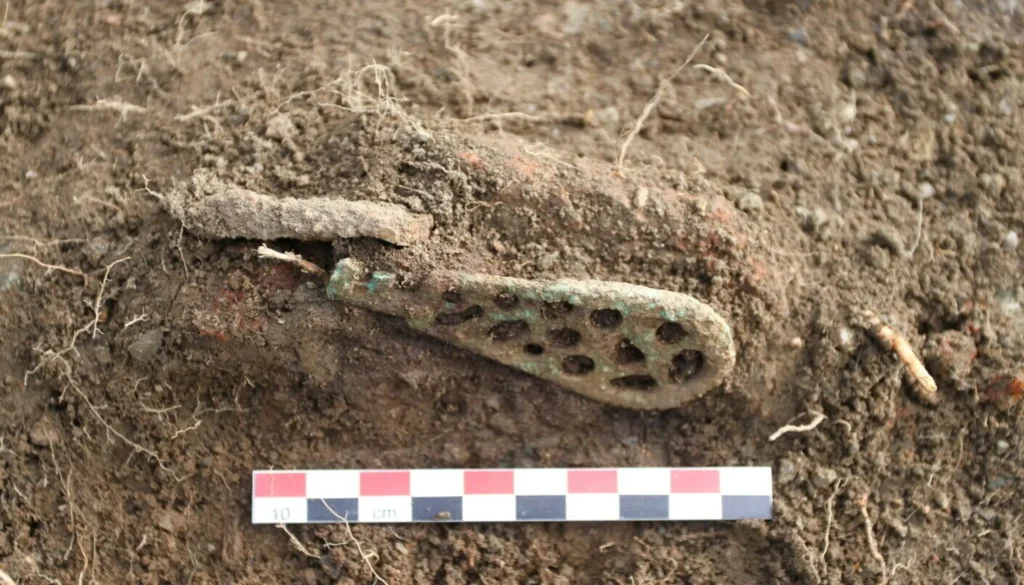
Fabric production was important in Viking society, as evidenced by the textile tools found in the boat grave. The inclusion of a weaving sword, a hetchel, and wool shears represents not only domestic responsibilities but also the financial influence that women have when running extensive textile businesses. A valuable commodity during the Viking Age, fine textiles—especially sails—were frequently associated with wealth and prestige.
The Unfinished Grave: The third burial has not been fully excavated but yielded beads and fragments of silver jewelry, hinting at its wealth.
Archaeologists have also identified two additional graves and believe there could be as many as 20 graves in the area. Metal detectors have picked up signals in multiple spots.
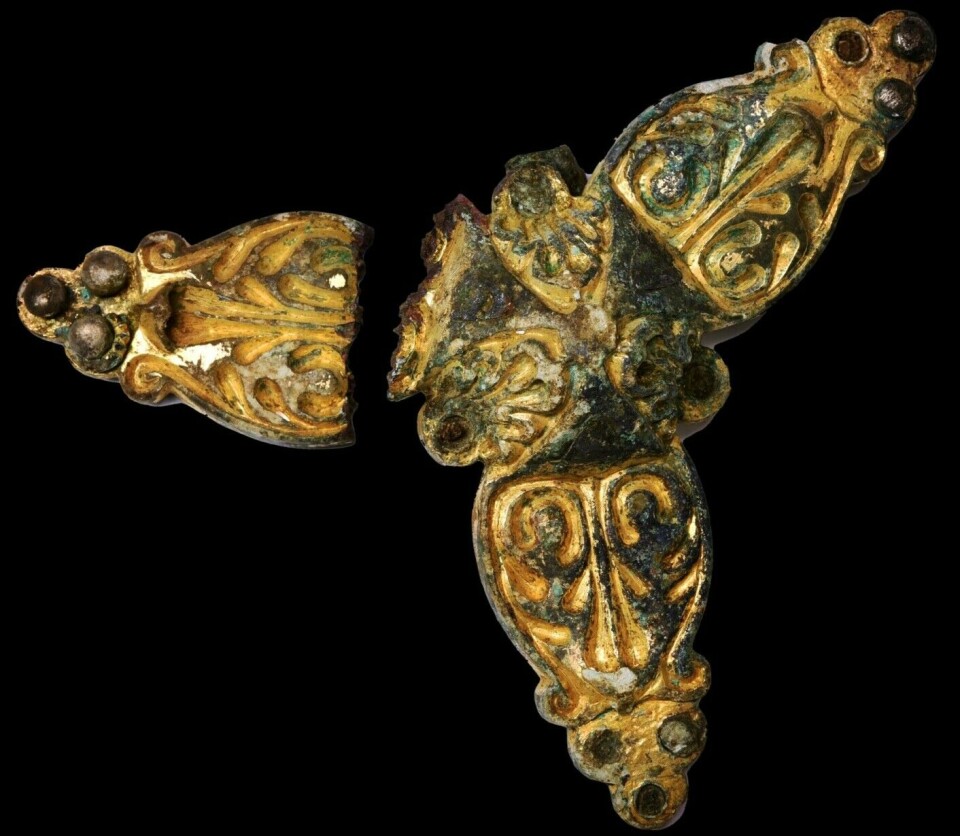
These graves highlight the important roles that women played in Viking Age society, not only as heads of the home but also as key players in production, trade, and community leadership.
Cover Image Credit: University Museum of Bergen

